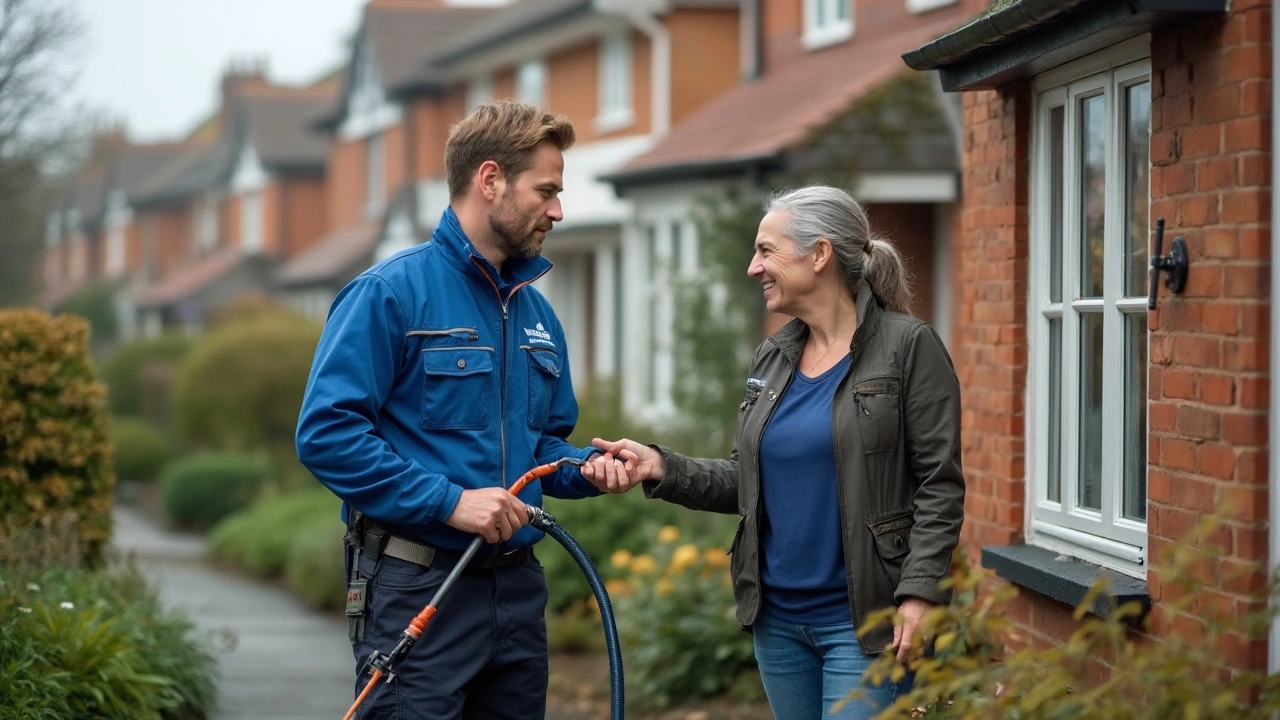Water Supply Tips for Spotless Cleaning
Good water makes good cleaning. Whether you’re wiping windows, pressure washing a house, or mopping floors, the type of water you use can change the result. Below you’ll find simple advice that helps you pick the right water, avoid streaks, and keep your water bill low.
Choosing the Right Water for Different Jobs
For window cleaning most pros add a little soap to plain tap water. The trick is to keep the mixture light – a few drops of mild dish soap in a bucket of water does the job. If your tap water is hard, you’ll see spots after the windows dry. A quick fix is to add a splash of white vinegar to the bucket. The vinegar breaks down mineral deposits and leaves the glass clear.
When you pressure wash a house, you want water that can carry the cleaning solution into cracks and crevices. Many professionals use a blend of water and a low‑foaming detergent. Mix the detergent according to the label – usually about a quarter cup for a 10‑liter bucket. Too much soap makes a mess and can leave a film on siding.
If you’re dealing with delicate surfaces like a fabric couch, plain water is safest. A damp cloth with a bit of mild soap will lift stains without soaking the fabric. For tougher grime on kitchen counters, a mix of water and baking soda works well – it scrubs without scratching.
Saving Water While Getting Clean
Cleaning doesn’t have to waste a lot of water. Fill a bucket once and reuse the same water for several windows. When the water gets dirty, strain it through a coffee filter and keep going. This cuts down on how many times you run the tap.
Pressure washers often have a trigger that lets you stop the flow while you’re aiming. Use that feature; you’ll spray only when you need to, and you’ll save gallons at the same time.
For floor mopping, dip the mop in a bucket, wring it well, and mop in sections. A well‑wetted mop picks up dirt faster, so you won’t have to change the water as often.
Eco‑friendly cleaning solutions also reduce water use. Many green cleaners break down quickly and don’t require a heavy rinse. Look for labels that say “no‑rinse” or “low‑water” if you want to cut waste.
Finally, check your home’s water pressure. If it’s too high, you may be spraying more water than needed. A simple pressure regulator can bring the flow down to an efficient level for both indoor and outdoor cleaning.
By matching the water type to the task and being mindful of how much you use, you can keep your home sparkling without inflating your water bill. Need a hand with a big job? Dandy Fox Cleaning Services can handle the heavy lifting while you enjoy the results.

Pressure Washing: Do You Use the Customer's Water?
Ever wondered if pressure washing companies use your water or bring their own? This article explains how water supply works for pressure washing jobs, who usually pays for the water, and what you should ask before hiring someone. It also covers how much water is used and tips to avoid surprises on your bill. No jargon, just straight answers and practical advice.
Read More